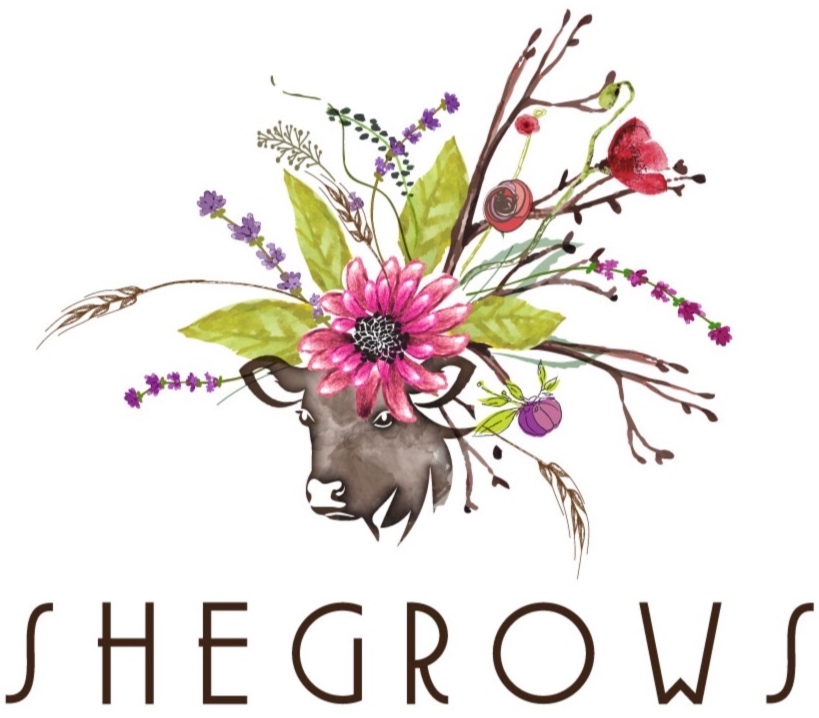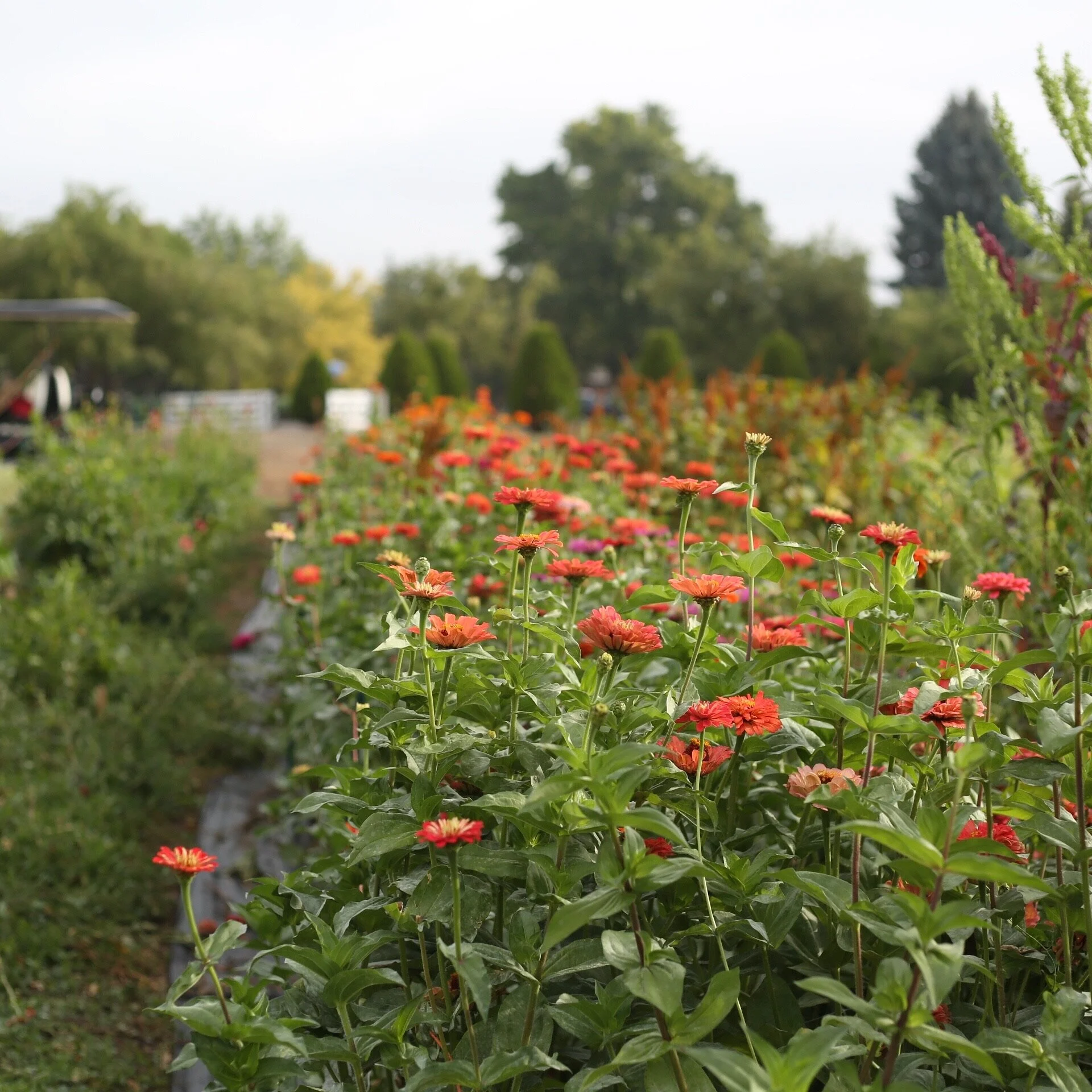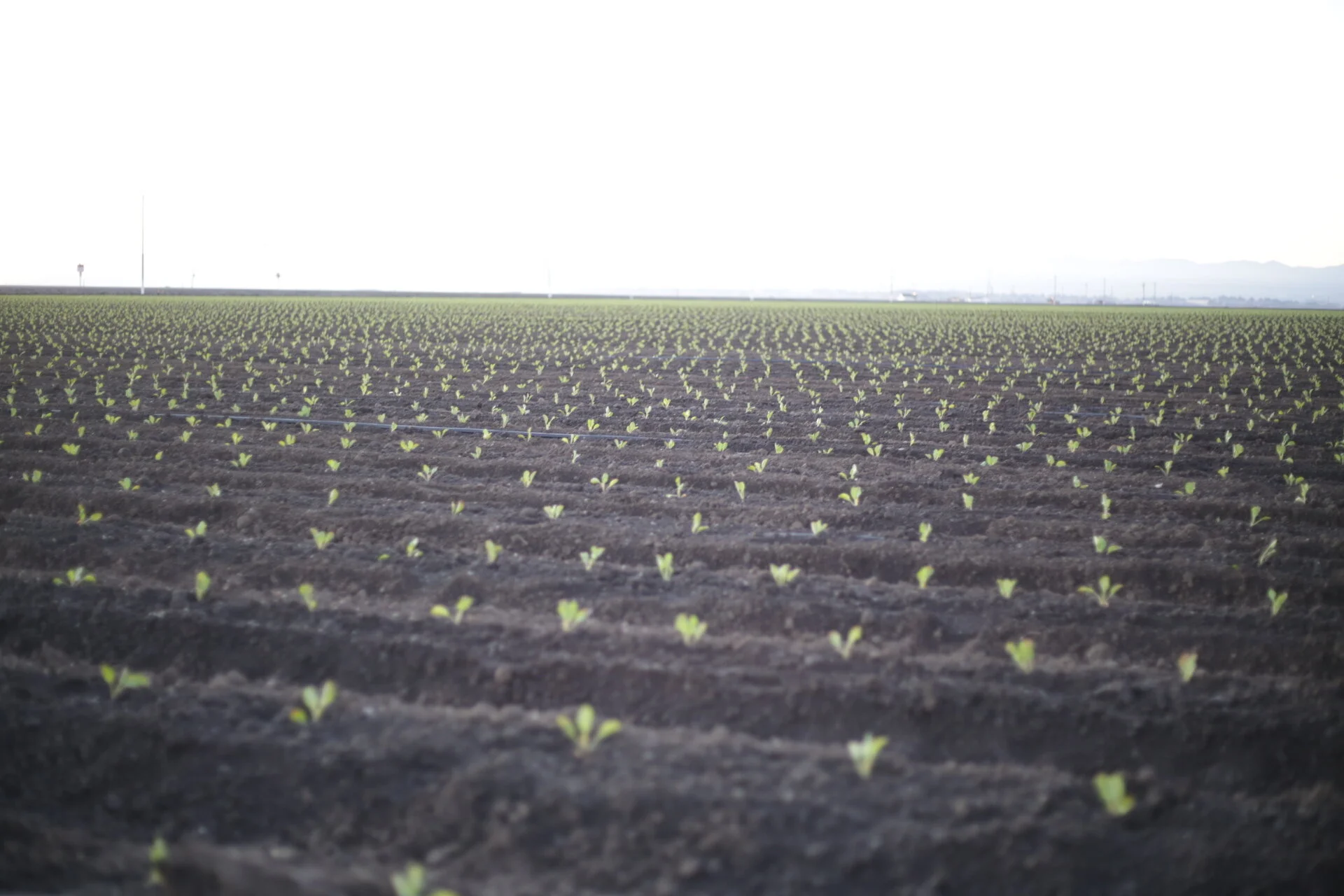Garden or Farm
What’s the difference?
This season I’ve sold more flowers than I ever have—in big part because I actually hired help, had a team of apprentices, and invested in infrastructure like a barn and cooler that allowed us to grow and process more flowers. It was a huge year of growth and I’m incredibly proud of everything we accomplished. But lets be honest (and my blog is all about sharing the behind the scenes in starting a farm so here it goes), I’m still just scratching the surface on being a legitimate business. One where I’m not just self employed but a business that runs when my hands aren’t in the soil. This season was year 3 for our little farm and looking back we’ve made significant leaps. Now looking forward, its all about refining and building, refining and building.
Every year during the off season Rodman and I take time to get away. A little vacationing and a little business retreat time. We review our strategic plans (his business, then my business) and make new plans for the upcoming year. Consciously evaluating if we are still in charge of the farm or if the farm is running our lives. Its definitely a goal to design the farm around our life—keeping our marriage and our family top priority. So it’s time to make some hard decisions.
Production Farm or Cottage Gardens
In the city of Arvada, three acres or less of land used to grow and sell crops is legally considered a “market garden.” Our property is 2.8 acres, and all of our fields combined equals approximately 1 acre in production. This means in the city’s mind, our farm is a market garden. When we first started SHEGROWS I wanted to use the term “farm” because I wanted credibility, and to feel legit, per se. I had just transitioned from growing a community garden with 15x15’ plots, and a school farm made up of essential 3-4 similar sized gardens along with chickens, bees, and a school compost system. Growing an acre of flowers seemed WAY different. Just one of my fields is 200’ long so surely this IS farming, right?
Maybe?
You see, I grew up in farm country in Ohio and Rodman grew up in farm county in Nebraska. We have a picture in our mind of acres and acres of crops, like we used to see as kids. Huge tractors, grain towers, pickle processes sheds, irrigation on wheels. Our “farm” in the city feels different. And even this picture below from our recent trip to California. I don’t want to undermine any farm, no matter the size, because the dictionary defines farm simply as “an area of land and its buildings used for growing crops and rearing animals, typically under the control of one owner or manager.” That definitely defines us. But this…
Lettuce farm in California
…deserves respect. I have an incredible amount of respect for these farmers. I can only scratch the surface to guess at what their labor line might look like or how they manage weeds on that scale, but the type of work they do and the type of work we do is different.
Now what? TRUTH.
To make our farm viable on crops alone—financially sustainable for years to come—paying me and a farm crew a living wage plus making a profit on the business, we would need more land unless we figure out a way to sell products that don’t require additional space. Large scale farms benefit from the economics of scale. Small scale farms must get creative to increase revenue sources or be happy just making ends meet. Our farm project from the beginning has been expensive—from land value alone to city water— so we are up for getting creative. Growing even just 1 acre of flowers is an incredible amount of labor intensive work. I once heard a lavender farmer say, “it doesn’t matter how good you grow, if you can’t sell products then what’s the point.” Farmers are business people as much as we are growers, and to make this urban farm work it is clear we need to focus our efforts on building scalable income.
So what does that mean for us?
We’ve decided to start a series of online courses aimed at the home gardener, as well as a series for advanced growers to cover all the stuff we had to figure out on our own (like soil science and purchasing terms). We are dusting off the camera equipment from filming the show, and starting to produce gardening content that has the potential to scale our income and offer valuable information & goods to a larger umbrella of people. People who most likely just want to garden, and for that you might see us use the term “gardens” more frequently. Part mindset and aesthetics, part marketing.
We’ll still be growing the loads of flowers that our wholesale customers love, as well as offer our CSA and farm experiences, but in 2021 we are ready to share everything we’ve learned over the last 20+ years of gardening and growing businesses. I’ll be focused on the growing courses, and Rodman is helping with the business courses.
In addition to expanding our reach, we are going back to the 5 R’s to reduce our footprint and our expenses. I first heard of these from the Zero Waste lady but they work in this context too:
Refuse - Refuse to buy plants that I don’t know where I’m going to plant them, and refusing to grow things that don’t make money.
Reduce - Reduce the amount of clutter by zeroing in on the plants that are the highest and best use of our land.
Reuse - Reuse as much equipment and supplies as possible to decrease our expenses.
Recycle - Using things twice, or three or four times. Like crates, bags, boxes, or buckets.
Rot - Compost everything, even ideas that are no longer needed, making room for fresh new energy.
Now that we have the majority of our infrastructure in place, it is time to refine. From our business offerings and practices, to our boots on the ground growing only the best flowers. We are in a continual stage of growth and transformation and we hope our paths cross yours in the new year. Either at the farm or online.
Here’s to market gardens, farms, and the thing that connects us all—growing.
Gina


